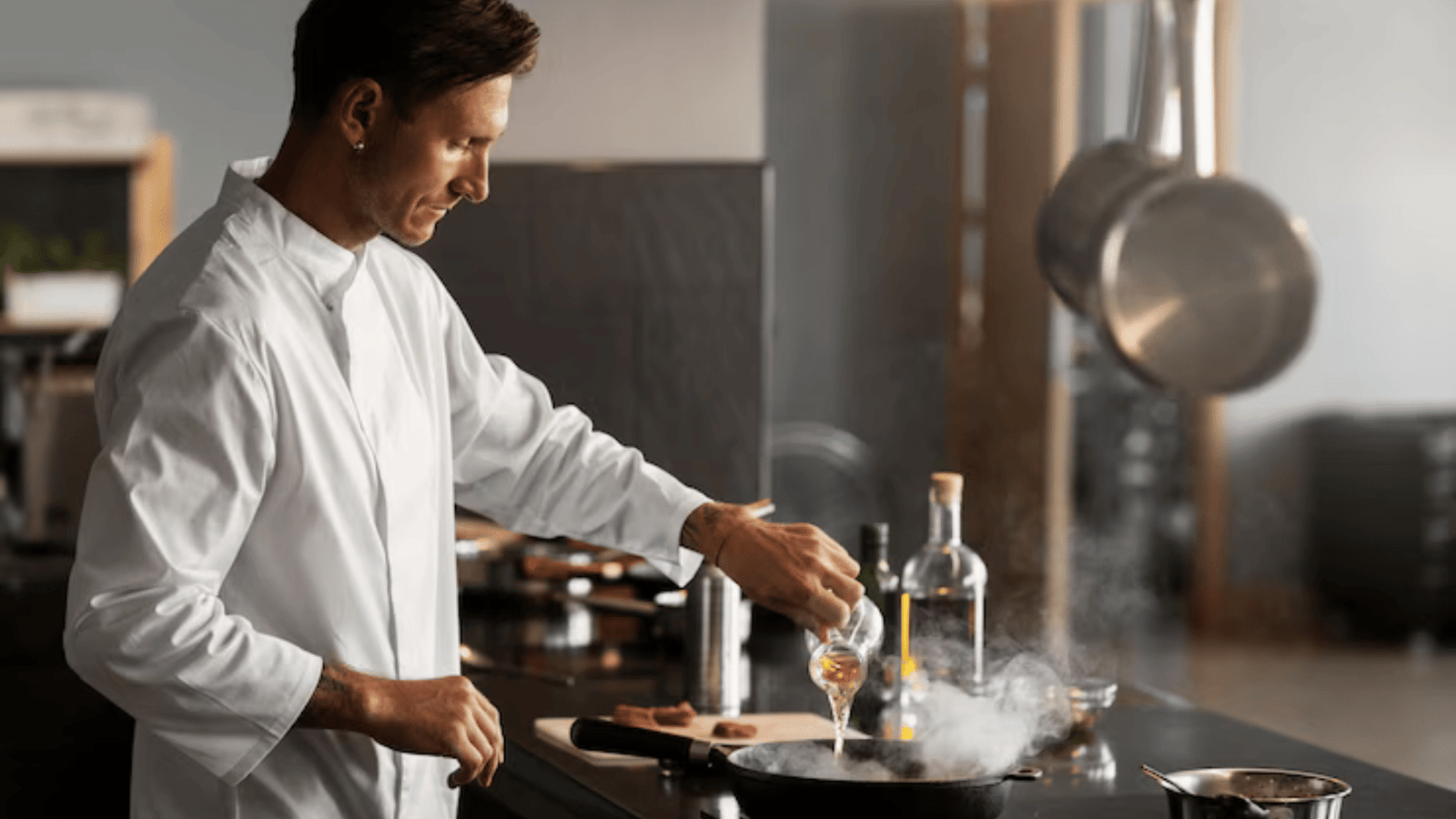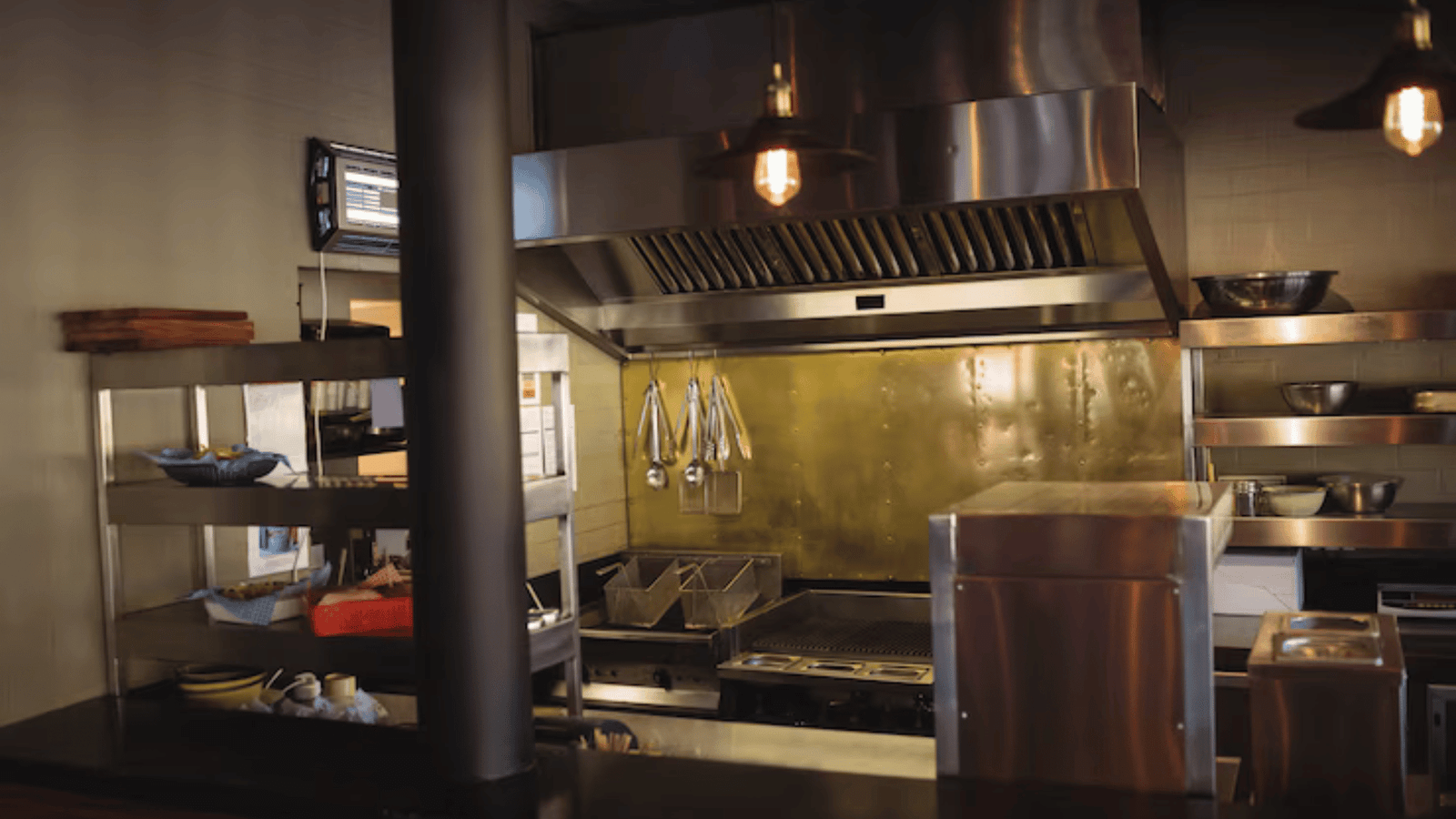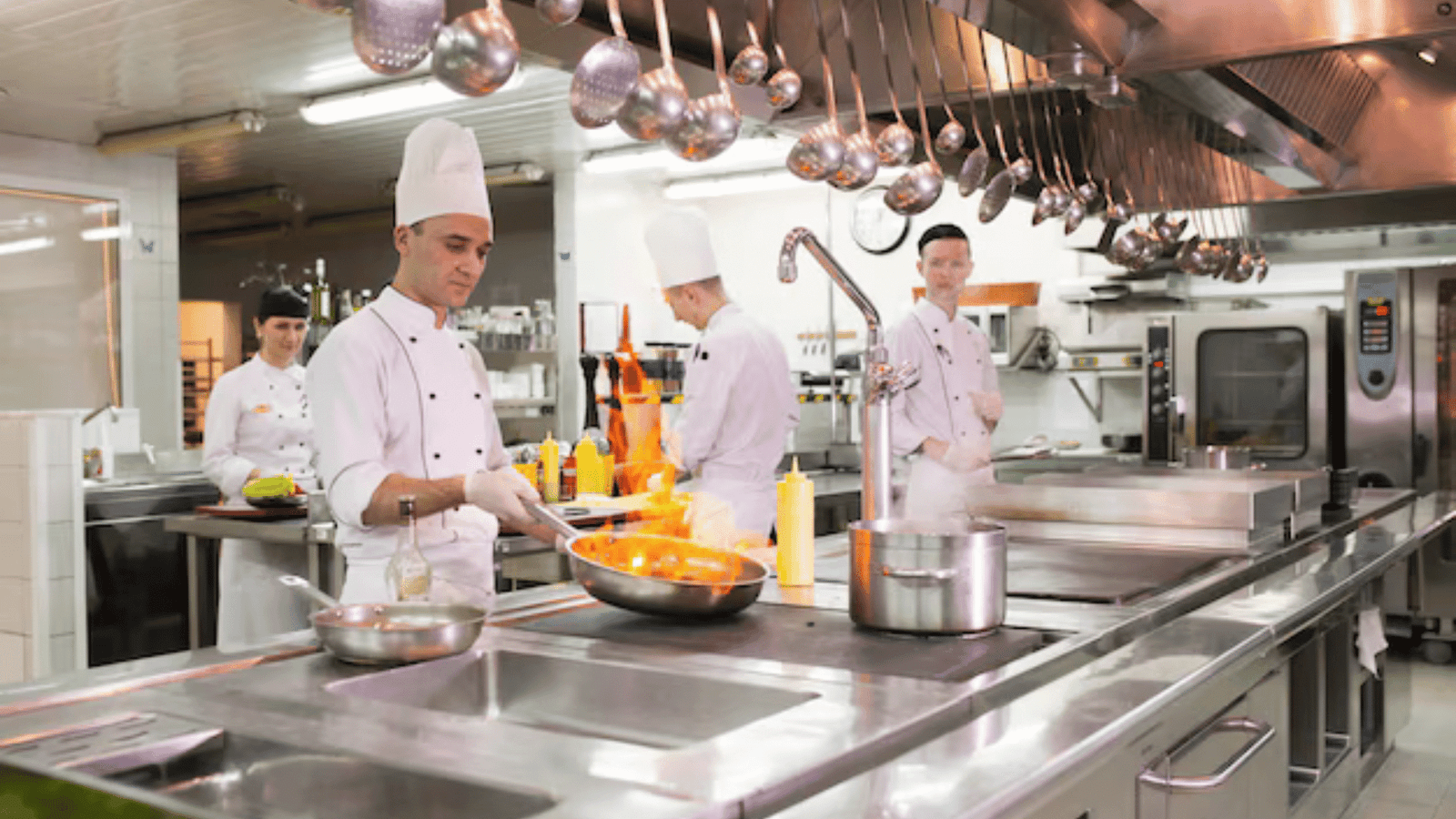Running a successful restaurant isn’t just about serving great food—it’s about maximizing profits while keeping customers satisfied. One of the most effective ways to achieve this is through menu engineering strategies.
Menu engineering is a data-driven approach to analyzing food costs, item placement, and pricing to optimize profitability. A well-designed menu doesn’t just look good—it influences purchasing decisions, increases the average order value, and boosts overall sales.
In this guide, we’ll walk you through step-by-step menu analysis, item categorization, pricing psychology, and design strategies that can help you unlock the full potential of your menu.
What is Menu Engineering?
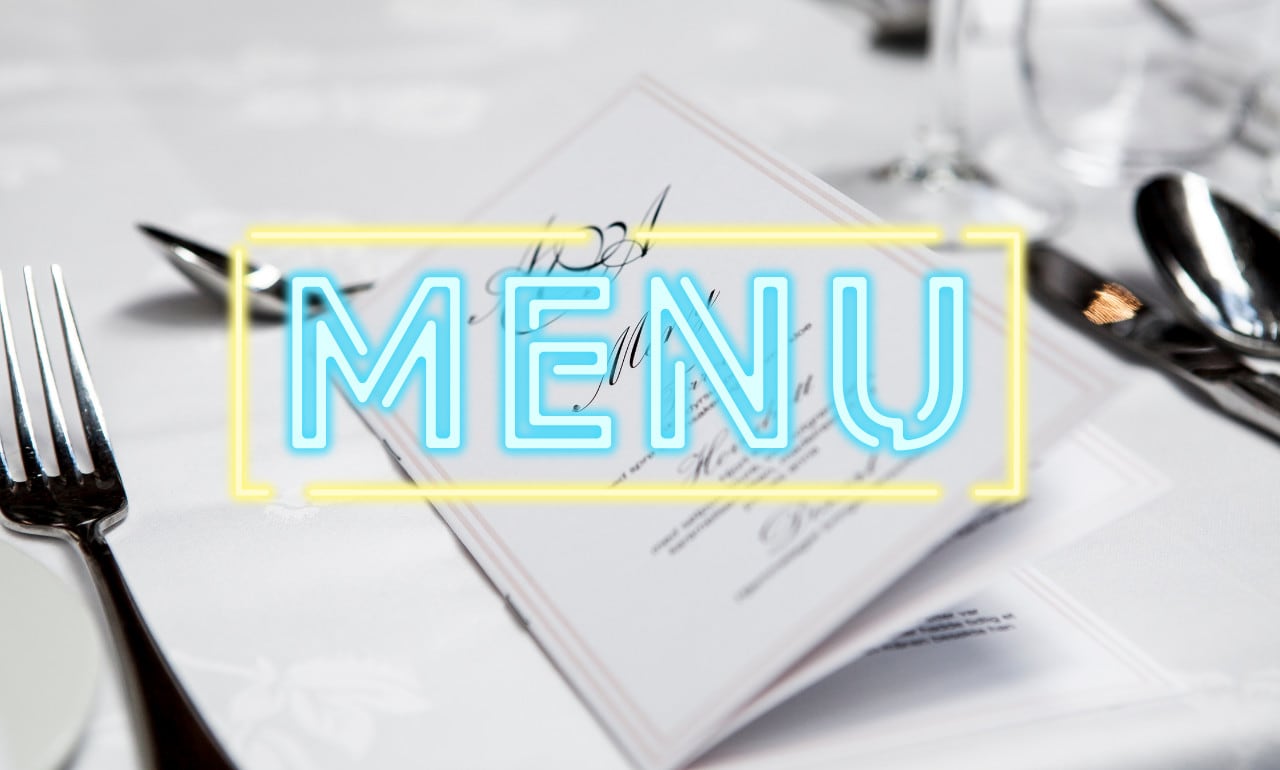
Menu engineering is the science of strategically designing a menu to maximize profitability and sales. It involves analyzing each menu item based on:
✅ Profitability – How much profit does each dish generate?
✅ Popularity – How frequently is each dish ordered?
✅ Placement & Design – How are items visually positioned on the menu?
By understanding these factors, restaurants can highlight high-profit dishes, optimize pricing, and improve customer experience without increasing operational costs.
Step 1: Conducting a Menu Analysis
1.1 Categorizing Menu Items
The first step in menu engineering is classifying each menu item based on profitability and popularity. The Menu Engineering Matrix groups dishes into four categories:
| Category | Popularity | Profitability | Strategy |
|---|---|---|---|
| Stars | High | High | Promote & highlight |
| Plowhorses | High | Low | Adjust pricing or portion size |
| Puzzles | Low | High | Reposition or rebrand |
| Dogs | Low | Low | Consider removing |
How to Categorize Your Menu Items:
- Calculate Food Cost Percentage:
- Formula: (Cost of Ingredients ÷ Menu Price) × 100
- Ideal range: 28%-35%
- Analyze Popularity Trends:
- Track monthly sales data from your POS system
- Sort Items into Categories:
- Compare profitability and sales to assign them to Stars, Plowhorses, Puzzles, or Dogs
Step 2: Strategic Menu Placement
2.1 The Golden Triangle Strategy
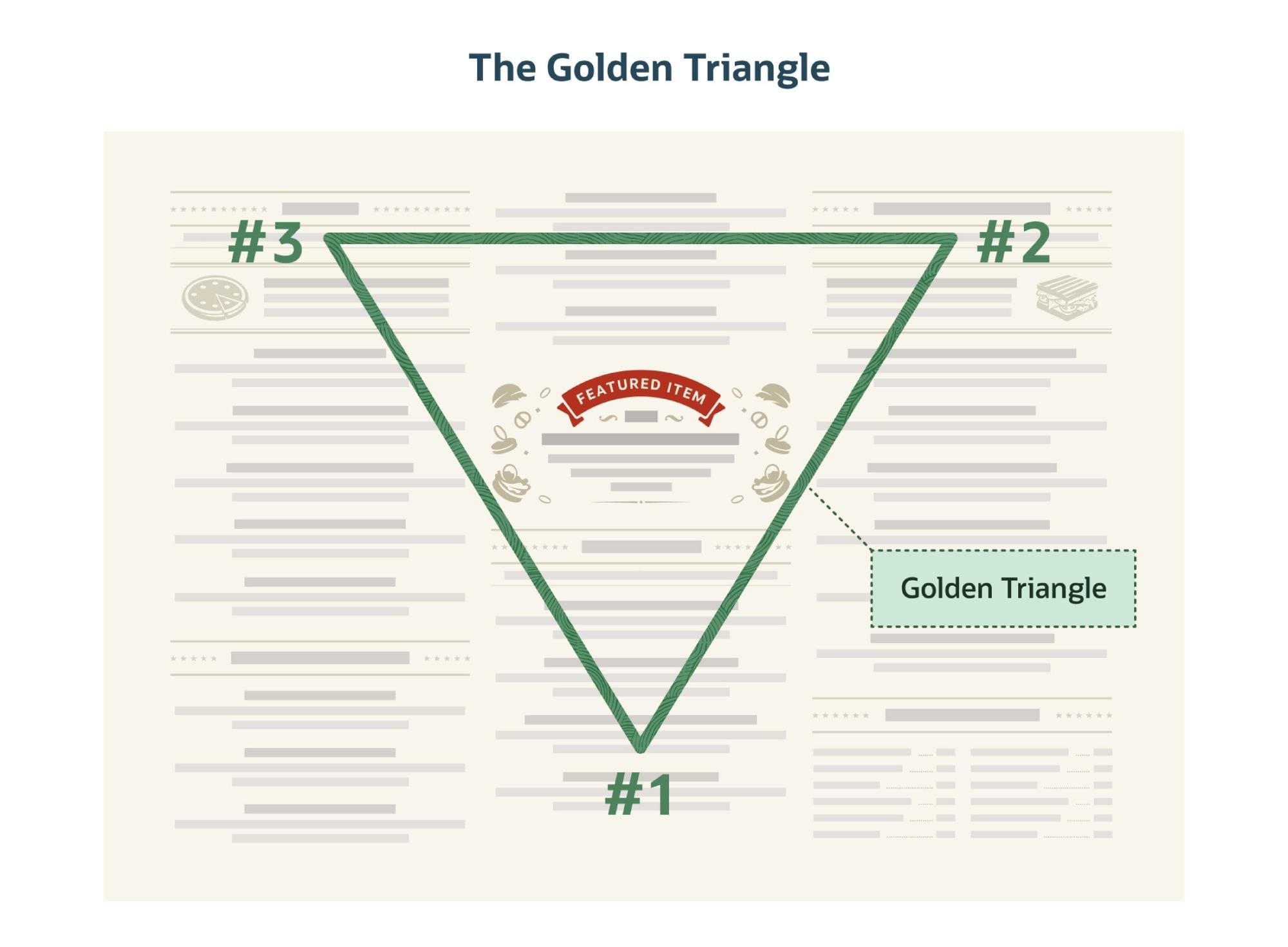
Customers naturally read menus in an F-shaped or Z-shaped pattern. The three most eye-catching areas are:
- Top Right Corner – Prime real estate for showcasing high-margin items
- Top Left Corner – Secondary focal point for popular items
- Center of the Menu – Highlight signature dishes or combos
2.2 Using Boxes, Colors & Icons
✅ Use callout boxes to highlight chef specials and high-profit dishes
✅ Leverage bold fonts for pricing without drawing too much attention
✅ Icons & labels (e.g., “Best Seller” or “Chef’s Pick”) increase appeal
Example:
🔥 Chef’s Special: Truffle Mushroom Risotto – A creamy delight with premium ingredients!
Read Also :- How Smart Operations Can Transform Your Cloud Kitchen’s Profitability
Proven Strategies to Drastically Reduce Restaurant CAPEX and OPEX
Step 3: Pricing Strategies to Boost Profits
3.1 Charm Pricing & Psychological Tricks
How you present pricing significantly impacts customer perception.
✔ Drop the Currency Sign: Instead of “₹599,” display “599” to reduce spending hesitation
✔ Use Decoy Pricing: Place a high-priced item next to a mid-priced option to make the latter seem like a better deal
✔ Apply Charm Pricing: ₹399 instead of ₹400 – the “9-ending” creates a perception of better value
3.2 Bundle & Combo Pricing
Offer meal bundles to increase the average ticket size:
✅ Example: A burger alone costs ₹299, but a Burger + Fries + Drink combo is ₹499 (higher perceived value)
✅ Tip: Upsell with Add-ons like cheese, sauces, and side options
Step 4: Optimizing Menu Design & Layout

4.1 Avoid Clutter & Overcrowding
- Limit your menu to 6-8 items per category (too many choices overwhelm customers)
- Use white space to guide attention toward high-margin items
4.2 Use Professional Food Photography
- Visual appeal boosts sales by 30%-40%
- Invest in high-quality food images or illustrations
- Use consistent branding colors & fonts
Step 5: Testing & Iterating Your Menu
Even after implementing menu engineering strategies, it’s important to track performance and adjust based on data.
📊 Key Metrics to Track:
✔ Sales per item (track what’s selling best)
✔ Profit margins (adjust pricing if needed)
✔ Customer feedback (identify areas for improvement)
Read Also : Why Restaurant Menu Online Matters for Your Business
Digital Menu Boards: Transforming the Dining Experience
Conclusion
Menu engineering is a powerful tool that helps restaurants boost profits, enhance customer experience, and increase sales. By strategically analyzing profitability, optimizing item placement, and using pricing psychology, you can create a high-performing menu that drives revenue without increasing costs.
Actionable Takeaways:
✅ Regularly analyze sales and adjust pricing
✅ Highlight profitable items using strategic placement & design
✅ Use psychological pricing to influence customer choices
✅ Test, iterate, and optimize your menu continuously
By implementing these menu engineering strategies, your restaurant can achieve higher sales, better margins, and satisfied customers!
FAQs
Q1. How often should I update my menu using menu engineering strategies?
It’s best to analyze and optimize your menu every 3-6 months based on sales data and customer feedback.
Q2. Should I remove low-profit menu items?
Not necessarily. Some low-profit items (like sides or drinks) complement high-margin items and increase overall sales.
Q3. What’s the best way to price a new dish?
Calculate food costs, compare competitor pricing, and test different price points to find the most profitable range.
Q4. How can I make my menu more appealing without redesigning it completely?
Use highlighted boxes, better fonts, and enticing descriptions to draw attention to high-profit dishes.
Q5. Does menu engineering work for cloud kitchens?
Yes! Even in digital menus, strategic item placement and pricing influence online ordering behavior.
